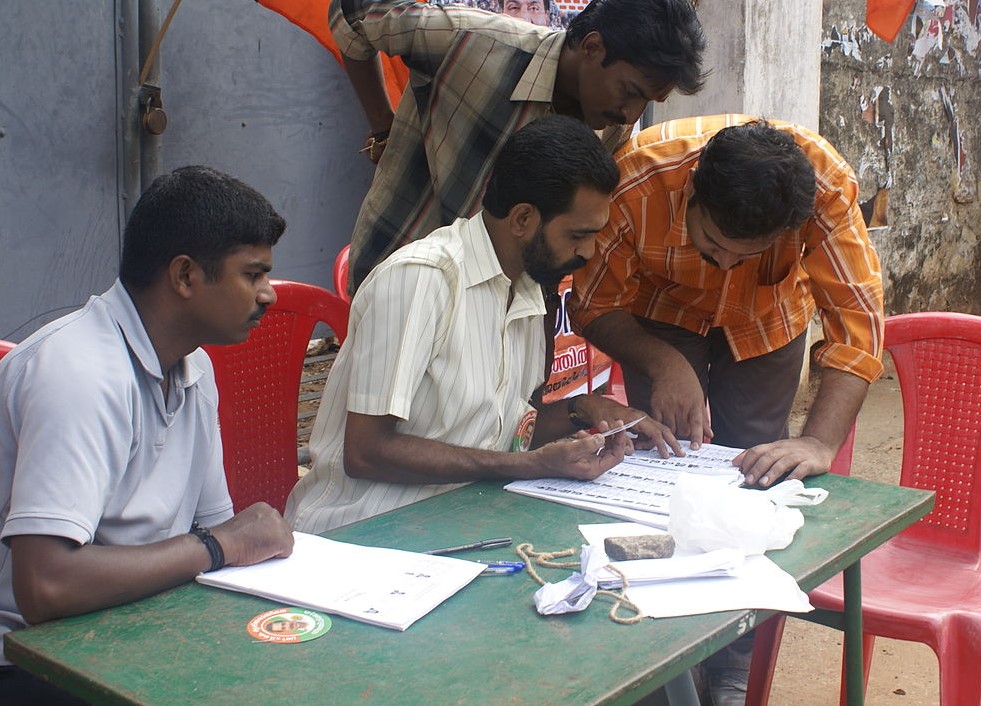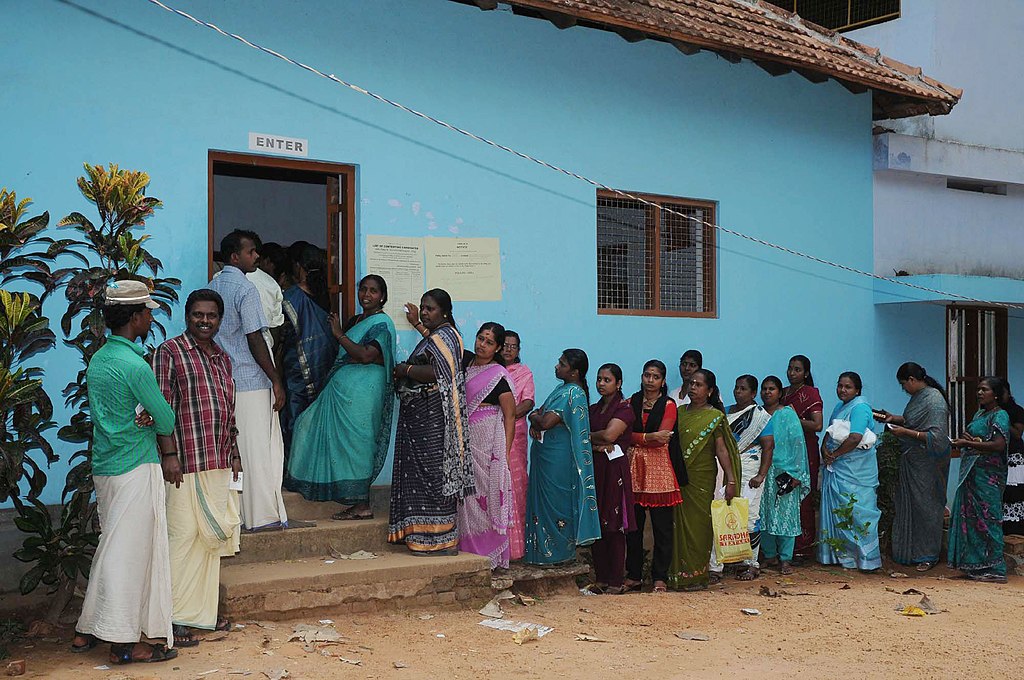A comparative assessment of the voter population on the electoral rolls with the voter population in Kerala based on its current demographic trends reveals serious discrepancies in the electoral rolls used in the recently conducted Assembly elections.
J. Retnakumar

Kerala recently conducted Assembly elections to select 140 members for its 16th Legislative Assembly. The electoral rolls (hereafter rolls) play an important role in the electoral process and can be called flawless only as long as all eligible voters (ages 18 and above) are included and ineligible voters (due to death, duplicate entries, absentees, changes in domicile, etc.) are removed. However, the Election Commission (EC) is finding it incredibly difficult to raise the standards of our rolls to international standards due to the colossal number of electors and managerial issues in updating the rolls. It is pertinent to note that the EC is fully cognizant of the discrepancies on the rolls, and expects, after every census, to benchmark the voters on the rolls with the population of voting age as enumerated in the census.
While conducting a comparative assessment of voter populations, the EC typically confronts two fundamental issues. To begin with, election and census years do not fall on the same calendar year. And second, even if they were identical, estimating the voter population enumerated in the census can only be done after the publication of the single-year age returns, which, in the 2011 census, was published after a year. The gestation gap would have been much longer in previous censuses.
Since the beginning of election campaigns, duplicate entries of voters in rolls to be used for the elections have been a major source of contention. Opposition parties have used the expertise of management professionals and software technologies to capture the magnitude of multiple entries of electors on the rolls at micro (constituency) and macro (district/state) levels. As a result, various estimates of duplicate entries of the voters are available, including the one provided by the EC. In the absence of alternative data, I attempt here to project the voter population of the state and compare it to the voters on the rolls to determine the magnitude of electoral discrepancies.
Magnitude of Discrepancies

According to EC statistics, there were 2.32 crore (1.11 crore males and 1.21 crore females) voters on the rolls in the 2011 election. Going by the census enumeration figures, the state had 2.40 crore (1.12 crore male and 1.28 females) eligible voters. A comparison of these figures suggests that close to eight lakh voters (one lakh males and seven lakh females) were under-counted in the rolls. Such irregularities in the rolls are quite surprising when the census and elections are held in the same year. Most eligible electors fail to enumerate as voters on the rolls, which could have resulted in their under-enumeration. Under-enumeration results in the denial of democratic rights of the citizen, as a large number of eligible electors are left out (knowingly or unknowingly) in the periodic roll revision carried out by the EC.
In 2011, the sex ratio of the voter population enumerated in the census was estimated to be 1142 female voters for every 1000 male voters in the state. Normally, this ratio should be greater than the overall sex ratio of 1084 females to 1000 males. This occurs as a result of sex-selective migration and the greater life expectancy of females, particularly in higher age brackets. The sex ratio of voters enumerated in the roll, on the other hand, was estimated to be 1090, which was only slightly higher than the overall sex ratio of the population, reinforcing our initial claim that there was massive under-enumeration of female voters in the rolls used for the 2011 elections. Apart from life expectancy, migration trends, and gender differentials, the enumeration of electors in the roll also influences the sex ratio of the voters.
As per the estimates of the EC, 2.74 crore (1.33 crore males and 1.41 crore females) voters were eligible to exercise their franchise in the 2021 elections. Our projected estimates of the population suggest that the voter population in the state cannot go beyond 2.72 crores (1.28 crore males and 1.44 crore females). It shows that there has been an over-count of close to five lakh male voters and under-enumeration of three lakh female voters. This brings a net excess enumeration of close to two lakh voters. Interestingly, the status of female under-enumeration in rolls does not change between elections, whereas male under-enumeration in 2011 turned out to be over-enumeration in the 2021 elections.
Concluding Remarks
Recent controversies have centered on multiple entries of electors on the roll, including fake entries, holding bogus voter IDs, and registration of a single voter in more than one booth within the constituency and across constituencies within the state. This article uncovered the magnitude of discrepancies in the roll by taking into account the current demographic trajectories of voters in the state. Such an analysis lays down strong scientific support for the argument that electoral rolls contain multiple or bogus voters even after publishing the final rolls. Quantifying the magnitude of discrepancies in the rolls thus raises the exigency of bringing greater accuracy to the rolls and making the democratic process much more transparent.
In March 2015, the EC devised a method of linking the names of electors with their Aadhaar numbers, popularly known as the National Electoral Roll Purification and Authentication Programme (NERPAP), to weed out multiple entries of electors from the rolls. Nonetheless, due to the intervention of the Supreme Court, the execution of such a scheme has been temporarily halted. It’s high time that the EC came up with some novel ideas to delete the multiple entries of voters and deceased persons from the rolls. It seems that only a biometric-linked electoral mechanism can bring greater transparency in the democratic process considering the complexity of the issue.
About the Author: Dr. J. Retnakumar is a Research Fellow at Speaker’s Research Initiative Cell, New Delhi. he can be contacted at retnakumar2005@gmail.com.

Very good assessment about election and electoral roles.
Detailed study about election and election process is needed to tackle malpractices happening. Publishing this will eliminate the these practices.
Its colossal failure of ECI to update Electoral Roll despite having all the requisites necessary for the purpose. Double voters appeared on the Roll in the last KAE is serious issue wherein SEC should have brought to books.
Good article….and most relevant issue..
Very nice assessment..
Congratulations,